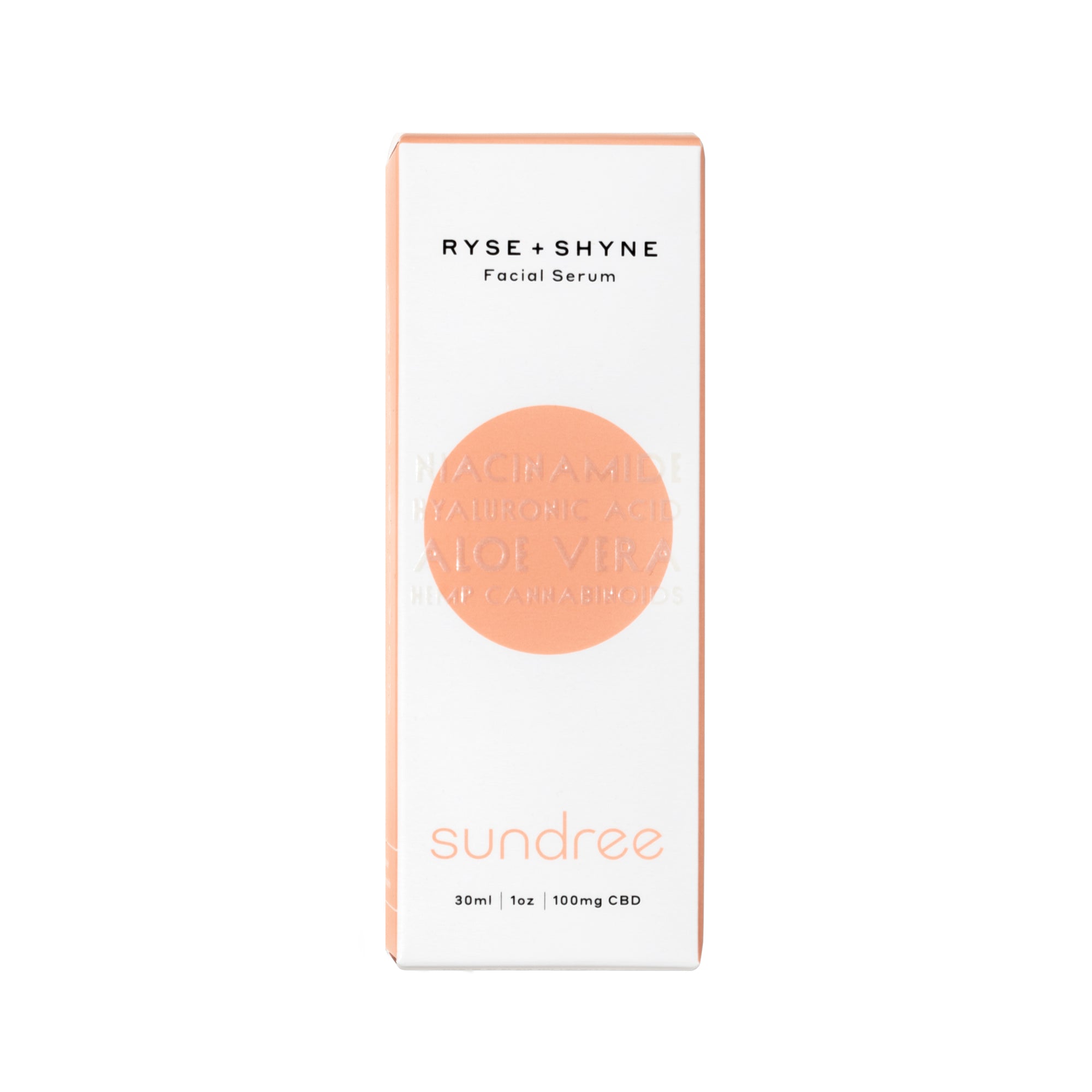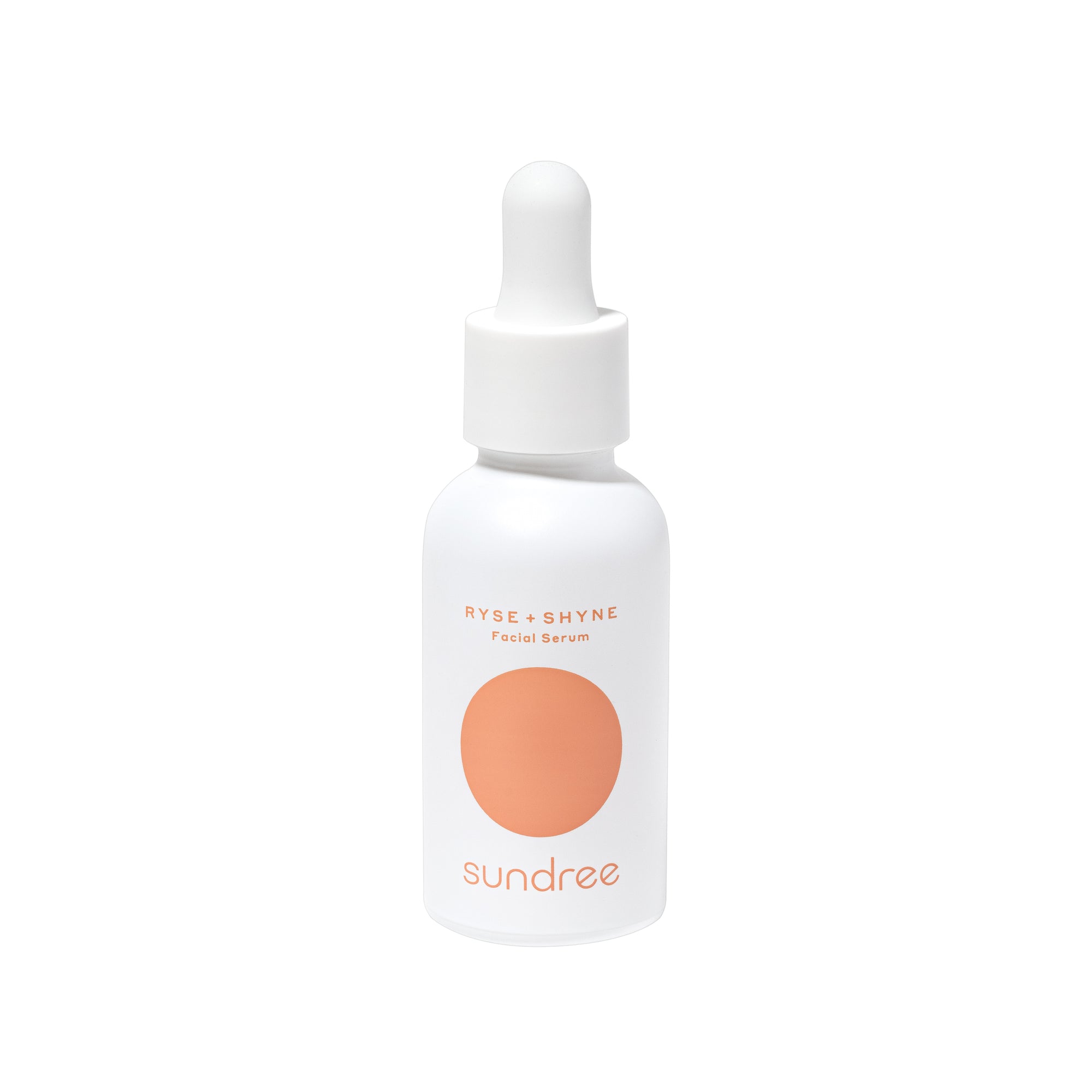Have you noticed small bumps on your upper arms, thighs, and cheeks? These patches of tiny bumps are known as keratosis pilaris and may sometimes feel itchy, swollen, or reddened. These tiny bumps are known to arise due to excess keratin buildup under your skin.
This skin condition is usually harmless and painless. Besides possible itching and swelling, the bumps may make your skin appear and feel like sandpaper. Keratosis pilaris can appear on different parts of bodies. Even children and teenagers can have keratosis pilaris on their bodies, which usually goes away with age. Keep on reading to learn more about keratosis pilaris, its causes, and the different treatment options available.
What is Keratosis Pilaris?
It’s a common and benign skin condition that leads to the appearance of small, light-colored, or darker bumps on the skin. Those with this skin condition may spot tiny, painless bumps around hair follicles on their arms, legs, thighs, and buttocks.
These little bumps are made of excess keratin in the body that aids in forming the structure of the epidermal layer of the skin, hair, and nails. Keratin present in body hair gets clogged in hair follicles and blocks their opening, resulting in tiny bumps. This is why if you pick a keratosis bump, you’ll see a small hair emerging out of it.
What Causes Keratosis Pilaris?
You must be wondering what leads to the accumulation of keratin under the skin that causes keratosis bumps. Well, this skin condition occurs due to the buildup of keratin protein that makes up the building blocks of the skin and protects it from infections and other damaging elements.
The exact cause of keratosis is not known, but some factors are seen to trigger its formation. One commonly known factor that can lead to the emergence of keratosis bumps on the body is dry skin. Dry skin makes you more susceptible to keratin buildup. This is why your keratosis pilaris may worsen during dry winter, as there is less moisture in the air. However, keratosis bumps can clear up during the summer season. People with some inflammatory skin conditions are also more likely to have keratosis pilaris, especially those struggling with eczema or atopic dermatitis.
Who is At the Risk of Developing Keratosis Pilaris?
As we mentioned earlier, any age group can get keratosis bumps on their skin. Keratosis bumps are common in women, men, teenagers, children, and people having dry skin or eczema. Those suffering from hay fever, obesity, and ichthyosis are also prone to this skin condition. Although anyone can get keratosis bumps, young children and teenagers are more susceptible to it. Keratosis pilaris can also flare up during puberty and pregnancy due to hormonal fluctuations.
It is believed that keratosis pilaris starts during late infancy or adolescence. Keratosis bumps typically begin clearing up as a person reaches their mid-20s and may ultimately go away by the time they are in their 30s. Moreover, people with fair skin color are more likely to have keratosis pilaris.
Symptoms of Keratosis Pilaris
Now that you know what keratosis pilaris is and what may trigger or cause it, the next question is, how will you know if you have keratosis pilaris or some other skin problem? Here are some of the commonly notable signs and symptoms of keratosis bumps:
- Very dry, rough, and uneven skin
- Visible bumps
- Bumps may look like your skin tone
- Itchy, red, or swollen bumps
- Bumps become more noticeable during dry or cold weather
- Bumps don’t hurt besides some itching
It’s essential to remember that keratosis bumps can form on any part of the body with hair follicles because they are formed in the openings of these follicles. Hence, you won’t see them appear on the palms of your hands and the soles of your feet.
How to Diagnose Keratosis Pilaris?
Well, the easiest and most common way of diagnosing keratosis pilaris is by simply looking at the skin. So, you don’t need to undergo tests, and your dermatologist can confirm the diagnosis by looking at the affected areas of your body. However, sometimes your skincare specialist or physician may also diagnose it after getting your medical history and conducting a physical examination. Some factors usually considered while diagnosing keratosis pilaris are the appearance of the bumps or spots, the parts of the body that got affected, and your age.
Treatment of Keratosis Pilaris
Although keratosis bumps are not painful and may not require treatment, they may cause some discomfort, and some people might not feel comfortable with the changes they cause in the appearance of their skin. So if you’re hunting for ways to get rid of Keratosis bumps, here are some options to look at:
- Dermatological Treatments - Your skincare expert may recommend specific dermatological treatments to relieve dry, itchy, or reddened skin, such as an intensely moisturizing cream or lotion. He may also prescribe some treatment to improve the appearance of rashes or pimples caused by keratosis pilaris. Here are two of the most effective and commonly recommended products for keratosis bumps:
- Topical Exfoliators - In addition to drawing out dead skin cells from the pores, they can help to prevent hair follicles from becoming clogged due to keratin accumulation under the skin. These exfoliating products usually contain AHAs and BHAs, such as salicylic acid, glycolic acid, urea, and lactic acid.¹ These acids are generally not recommended for young children as they can cause slight redness, scaling, and burning.
- Topical Retinoids - These derivatives or vitamin A are also used to prevent the buildup of keratin, keep the hair follicle open, and inhibit the appearance of keratosis bumps.² Two of the retinoids used for this purpose are tretinoin and tazarotene. Like topical exfoliants, products with these ingredients can also cause irritation, itching, and peeling. Therefore, you need to take special care of your skin to neutralize these adverse effects.
- In-Clinic Treatment - Skincare professionals sometimes use laser treatments to soothe and treat the skin's redness and irritation caused by keratosis pilaris.³ However, this treatment option is mainly used in severe cases of keratosis pilaris. It’s important to know that laser doesn’t treat the skin condition but only helps relieve the skin when topical products do not do much for the skin. In addition, it may take several sessions of laser treatment to show a visible effect. Other in-office treatments for keratosis bumps include chemical peels and microdermabrasion. Both these procedures work by exfoliating the skin.
- Home Remedies for Keratosis Pilaris - If you find tiny bumps on your body unattractive or annoying and don’t want to spend money on topical products or in-office procedures, you can try some home remedies. These remedies can help to reduce bumps, soothe inflamed skin, and prevent skin aggravation. Here’s what you can do to manage keratosis pilaris at home:
- Keep your skin amply hydrated and moisturized to reduce irritation, redness, and itching due to keratosis bumps. Use a thick moisturizer on the affected areas.
- Don’t wear tight clothes that may lead to skin inflammation and redness by causing friction on the skin.
- Fight the urge to scratch, pick, or rub your keratosis bumps, which can irritate the skin.
- Avoid using hot water while showering or bathing because it can dry and irritate the skin. Instead, use warm water. It will prevent exacerbating your keratosis bumps.
- Use a humidifier at your home to add moisture to the environment and ensure the outside weather doesn’t dry out your skin.
- Avoid using harsh and drying soaps that can worsen your keratosis bumps. Go for gentle soaps with oils or fats.
Final Thoughts
Keratosis pilaris affects people of different ages, particularly children and adolescents. However, in most cases, these small bumps can disappear by the time you reach your 30s. Although there is no known treatment for keratosis bumps, some professional treatments, topical products, and at-home remedies can help manage and prevent keratosis bumps on the skin.
Citations:
- Gallagher, Casey, MD. (2022). ‘How to Use Glycolic Acid in Your Skin Care’, VeryWell Health. Accessed October 19, 2022. Available at: https://www.verywellhealth.com/glycolic-acid-15774
- Mayo Clinic Staff. (2022). ‘Vitamin A’, Mayo Clinic. Accessed October 21, 2022. Available at: https://www.mayoclinic.org/about-this-site/meet-our-medical-editors
- Ricevuto, Julie. (2022). ‘The Science of Beauty: The Complete Guide to Laser Treatments for Hair and Skin’ Allure. Accessed October 21, 2022. Available at: https://www.allure.com/story/laser-treatment-guide













